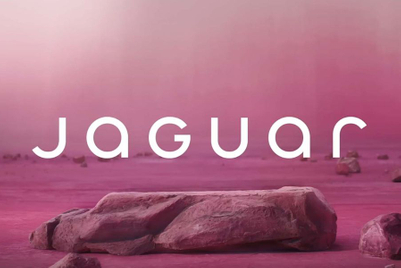.jpg&h=570&w=855&q=100&v=20250320&c=1)
Children born in the last decade are some of the world’s most digitally connected. Today, roughly 80% of all children in APAC use a smartphone daily and are highly immersed in the world of online gaming. Whether it’s consoles or on mobile, gaming has come to play an enormous role in APAC children’s lives, with 77% of the region’s under-18s playing video games.
Gaming offers youths the freedom to explore virtual worlds, vast universes in which they feel actively empowered—through learning new skills, expanding their social networks or even having the freedom to recreate themselves as avatars. Using the example of Fortnite, players show up not just for the core game experience, but to socialise, attend virtual concerts, and secure exclusive items. Gaming has been dubbed the new social for a number of years, with children forming their identity and sense of self within such games.
Today’s youths crave meaningful interactions and although advertising—such as banners and institials—is a popular monetisation model for game developers, there’s a much deeper layer of engagement beyond traditional formats, which brands should be seizing. The type of brand loyalty that can be fostered within a virtual world far exceeds what’s achievable offline, as long as brands turn up with utility and meaning.
Developing positive play
Gaming and the digital world, unfortunately, are riddled with sex, violence and other content that’s harmful to young people. Children and teenagers should be able to explore and socialise in virtual worlds without these damaging influences.
Brands have the opportunity to help foster safer gaming environments by contributing to ‘positive play’—gaming worlds that are safe, family-friendly and which allow children to explore digital worlds unharmed. But what does this contribution look like? It’s about exposing one’s brand through content that helps players express themselves in unique ways. This could take the form of in-game avatars, skins, or a new piece of equipment that facilitates in-game progression.
But to maximise their success, brands must look beyond the four walls of gaming. Being part of young gamers' lives means a presence in the game itself; around it, through virtual and augmented reality experiences and holographic concerts, and beyond the game through merchandise, gaming events and Esports tournaments that are worth millions of dollars in sponsorship.
Safety first
Considering the above, the advertising industry has fortunately become more attuned to parents’ concerns around inappropriate content in video gaming, especially as brand safety hits digital agendas.
However, with millions of players and thousands of games to contend with, brands are constantly challenged to have oversight and visibility across every players’ move. This is where technology and experts can bring safety and value to young gamers, their families and brands.
Programmatic advertising is one effective way to approach this, but it is apparent that a human touch is needed to prevent inappropriate ads from reaching children. On top of proprietary technology, teams of human moderators and even psychologists are necessary to complement first-party data and programmatic to ensure campaigns are placed appropriately.
Embracing the new value exchange
Brands that protect and account for the safety of under-18s will be the ones that create lasting impressions on young gamers, and in turn, on their parents. If brands can foster positive play in a fun and safe environment, young gamers will remember it, appreciate it and feel loyalty to that brand through their own transition into adulthood.
Will Anstee is CEO of TotallyAwesome.




.jpg&h=334&w=500&q=100&v=20250320&c=1)

.jpg&h=334&w=500&q=100&v=20250320&c=1)
.jpg&h=334&w=500&q=100&v=20250320&c=1)
.jpeg&h=334&w=500&q=100&v=20250320&c=1)

.jpg&h=334&w=500&q=100&v=20250320&c=1)
.jpg&h=334&w=500&q=100&v=20250320&c=1)


.png&h=268&w=401&q=100&v=20250320&c=1)

.jpg&h=268&w=401&q=100&v=20250320&c=1)


.jpg&h=268&w=401&q=100&v=20250320&c=1)
